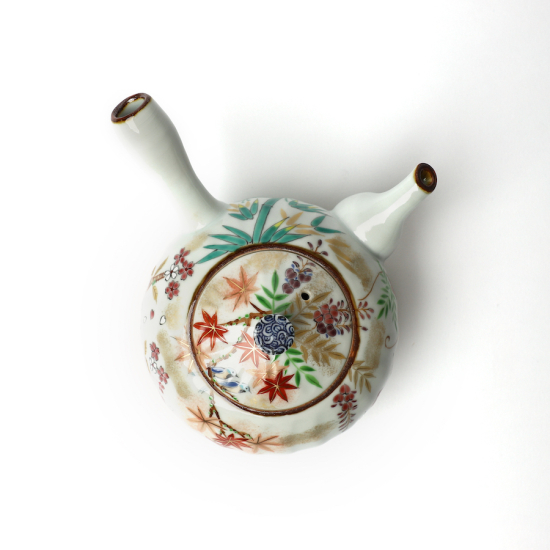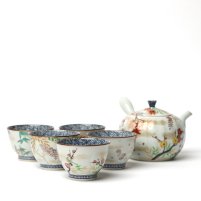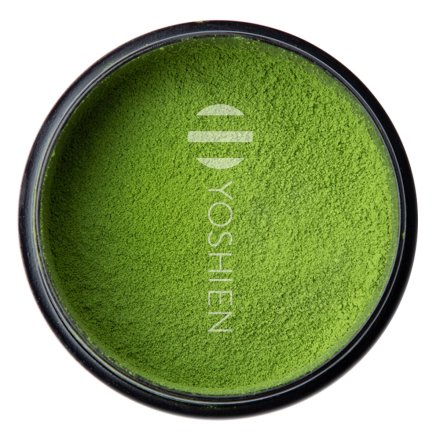Hand wash with warm water and a soft cloth or sponge – avoiding excessive rubbing. Use a mild washing-up liquid as necessary. After draining, pat dry with a towel or leave to dry naturally. Do not put in dishwasher, dryer or microwave as this may damage the glaze.
Tea Service
Irodorikacho
Ichiraku
SKU
4324
A set of five porcelain teacups and Kyusu teapot adorned with colourful bird-and-flower Kachō (花鳥) painting. Handmade at the Ichiraku Kiln in Kyoto, renowned for their exemplary Kiyomizu-yaki ceramics. Comes protected in a traditional Japanese wooden box, perfect for Senchadō ceremonies or as a gift.
| Product | Tea Service: 1 Kyusu teapot + 5 Teacups |
| Ceramic Style | Kyo-/Kiyomizu-yaki |
| Origin | Kyoto, Japan |
| Studio | Ichiraku-gama 壹楽窯 |
| Volume | Teacup: 150ml Teapot: 450ml |
| Dimensions | Teacup: Ø8.5cm x 6cm Teapot: Ø12cm x 8cm (body only) |
| Material | Porcelain |
| Decoration | Bird-and-flower painting |
| Artist's mark | Signature on base |
| Packaging | Wooden box (Kiribako) |
Each item is handmade and unique, therefore sizing is approximate and paintings may differ slightly from the product photos
In stock

























